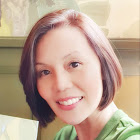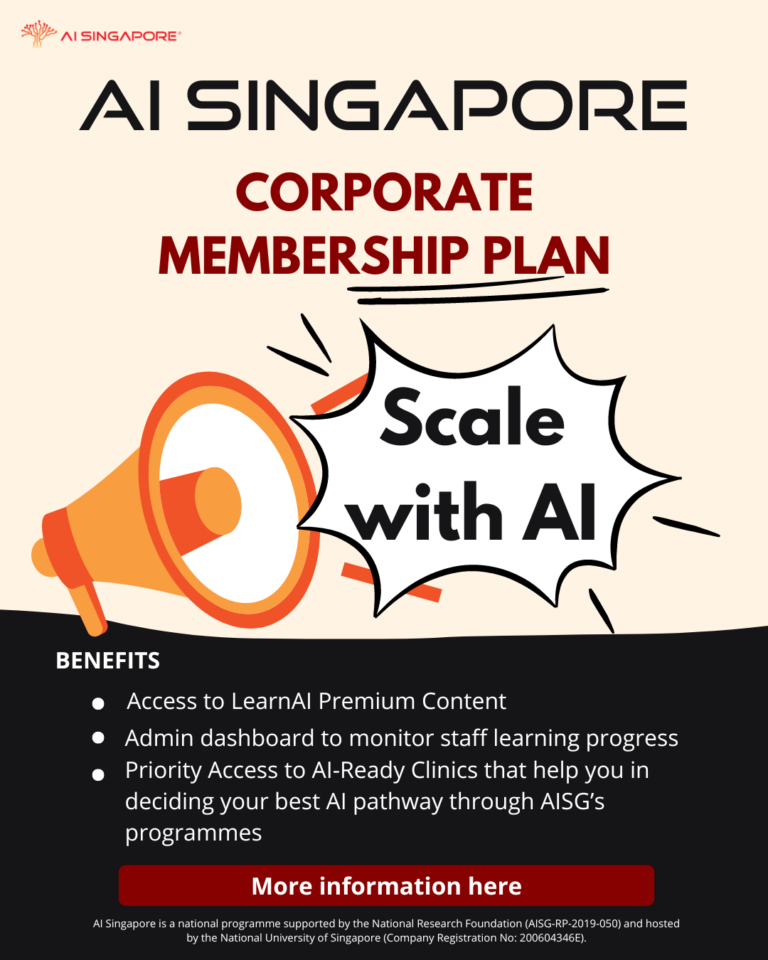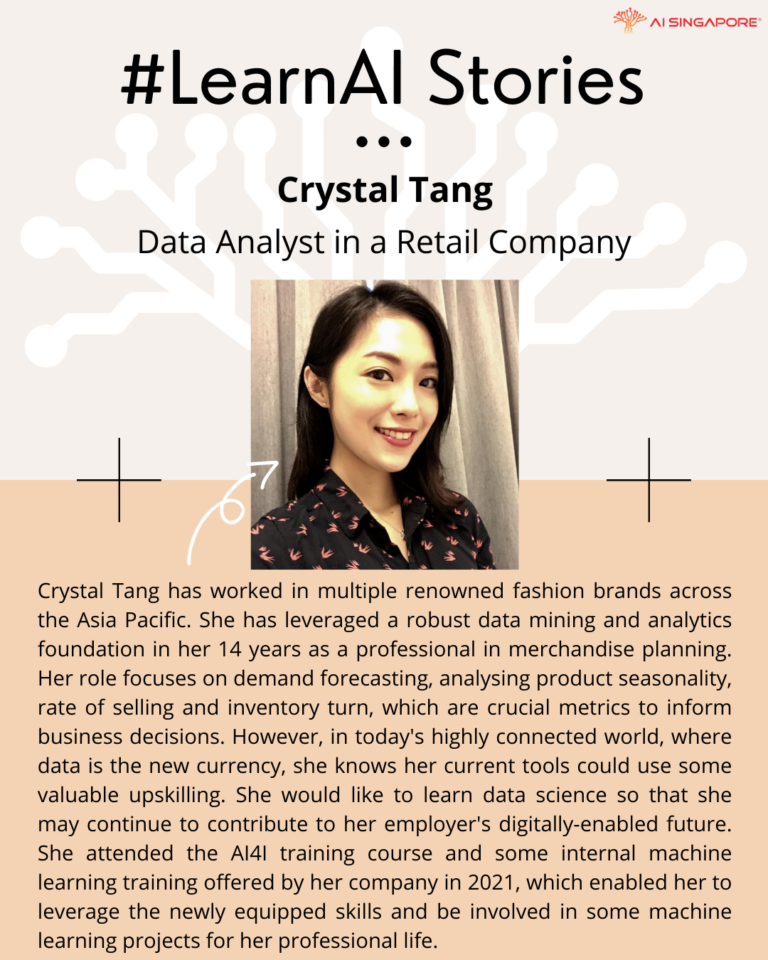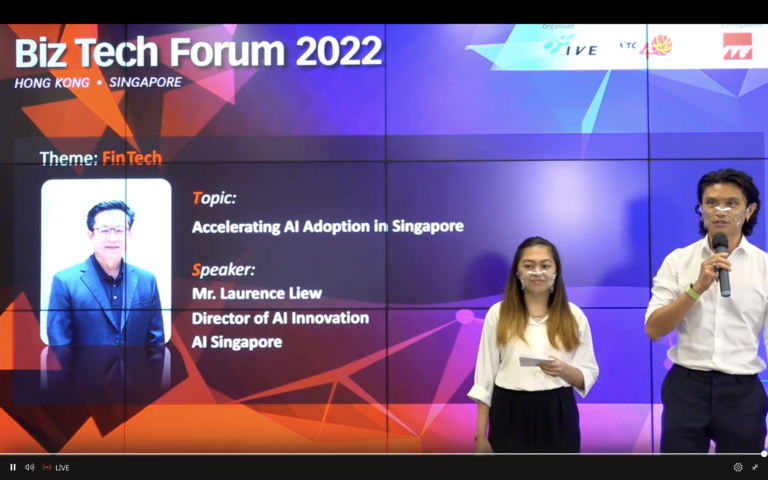Lee Meng Yong did not write a single line of code until the age of 27. Today at 33, he is a senior machine learning software engineer at Dyson, building computer vision capabilities into the next generation of intelligent household products. He credits the AI Apprentice Programme (AIAP)® for helping him to make this leap in his AI journey.
Meng Yong graduated from Singapore Management University (SMU) with a Business Management degree in 2013 and started his career as a project manager in a German construction materials company – a job which had “absolutely nothing” to do with tech.
After being in the role for four years, he was keen to explore “the world outside” and started picking up basic data skills like python, SQL and data visualisation. He also took up a part-time Master’s programme in SMU specialising in Data Analytics.
There, he met a classmate who had impressive skills in building complex AI solutions, despite coming from a non-STEM (science, technology, engineering, and math) background like himself. This piqued his interest in AI, and when he found out that the classmate had honed his AI engineering skills through the AIAP, he was determined to get into the programme himself.
Getting into AIAP
At that point, Meng Yong had already learnt about machine learning and computer vision algorithms, thanks to the SMU Master’s programme. But applying for AIAP was a different thing altogether.
“If you look at the AIAP Field Guide (which lays out the skills expected of AIAP candidates), it is not so much about coding in notebooks or creating models, but has more to do with implementation and software engineering,” he said.

Meng Yong
His advice to AIAP aspirants from a similar non-STEM academic background is to try to focus on picking up software engineering skills before applying for the programme. They should also allocate enough time for the technical assessment, which they will have to pass to qualify for AIAP. “Don’t underestimate this,” he said.
The deep-skilling phase
Meng Yong cleared the entry hurdles and joined AIAP in December 2020.
The first part of the programme was a deep-skilling phase that lasted two months. Every week, the apprentices had to delve into a different AI topic such as unsupervised learning, artificial neural networks or natural language processing.
The pace was intense. Meng Yong often felt that he learnt more during those weekly deep dives than he did in an entire module of his Masters programme. But he loved every moment of it. “I think it’s very rare to have the opportunity to just focus on learning full time without any work distractions,” he said.
He also enjoyed interacting with his fellow apprentices. “When I entered the AIAP, I realised that all my fellow apprentices were extremely talented and they came from diverse backgrounds, so whenever I had any questions, there was always someone to ask,” he said.
“If I had any statistics-related question, there would be a fellow apprentice who had majored in statistics; or if I had any software engineering question, there would be a software engineer who had been in the industry for many years whom I could approach.”
Problem-solving in the project phase
The next phase of AIAP was the seven-month project phase, where Meng Yong worked with a healthcare startup on a computer vision model to assist patients with the management of diabetes-related wounds.
Based on a photograph of a diabetic foot ulcer, the computer vision algorithm can automatically classify each pixel of the image according to the different wound classes, to identify which part of the wound is deteriorating, and which part of it is recovering. This allows patients to monitor their own wounds more closely, without having to visit the doctor each time. It also saves doctors and nurses time that they can devote to more pressing cases.
From the learning perspective, the project phase was crucial, said Meng Yong.
“In AI engineering, there are a lot of things you can study on your own, but you don’t know what you don’t know until you have to code it out. For instance, I learned the importance of proper experiment tracking and optimising for GPU efficiency when I needed to run thousands of machine learning experiments for the project.”
Gaining a foothold in AI
The project experience also gave him a foothold in the industry. “Without it, I don’t think I would have had a chance to get into a software engineering job where I am now building computer vision algorithms for intelligent household products,” he said.
“This is my dream job. It’s what I always wanted to do after learning about AI/ML. And AIAP played a huge part in making it happen.”
Author
-
 Abigail Toh
Abigail Toh
Abigail leads the marcom efforts for AISG.





